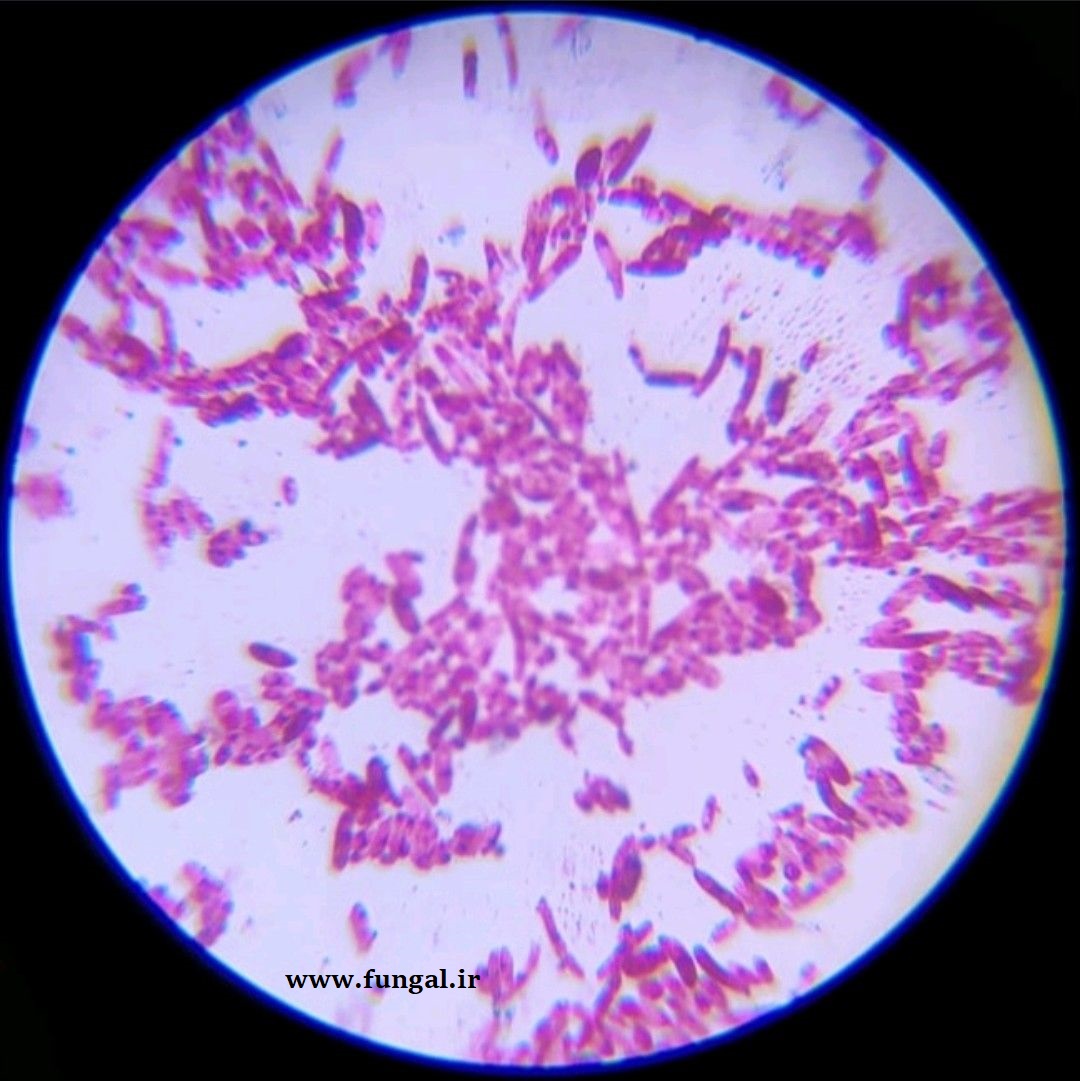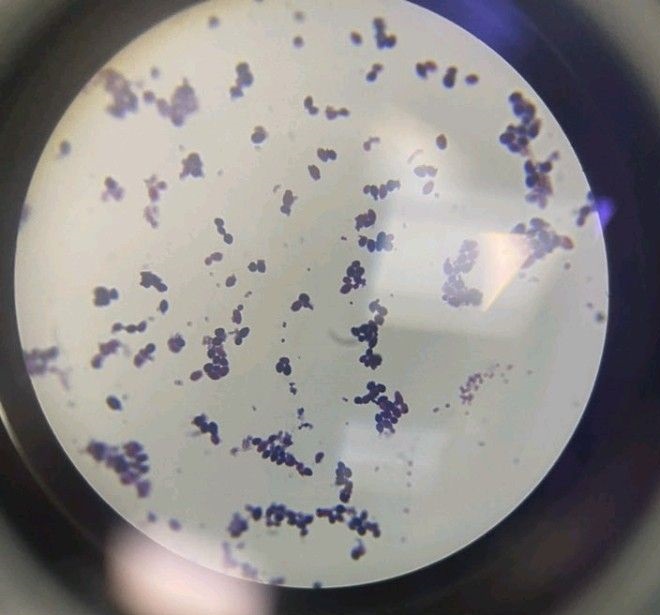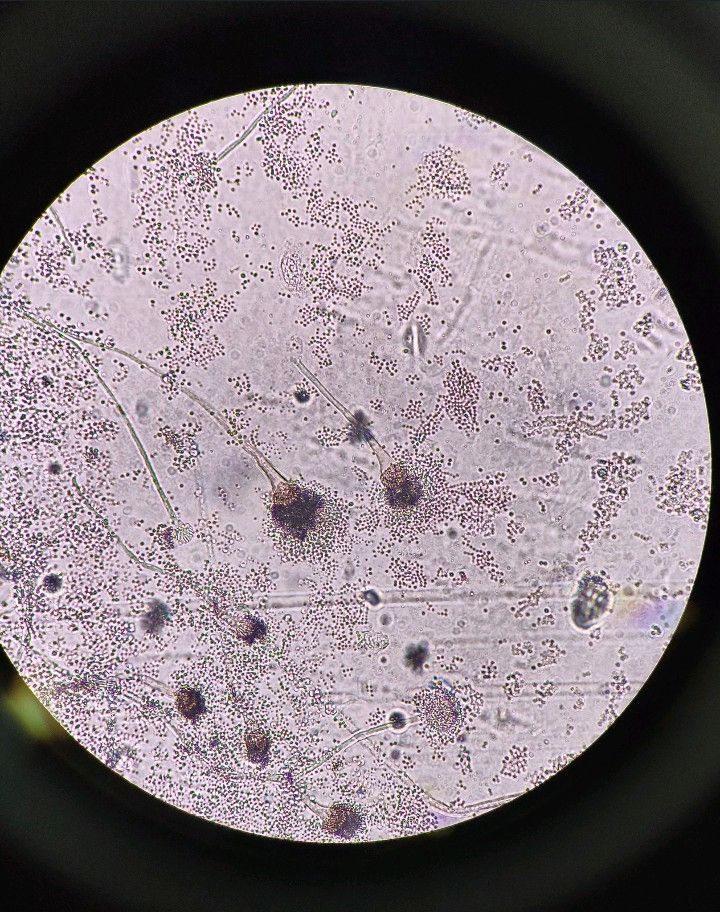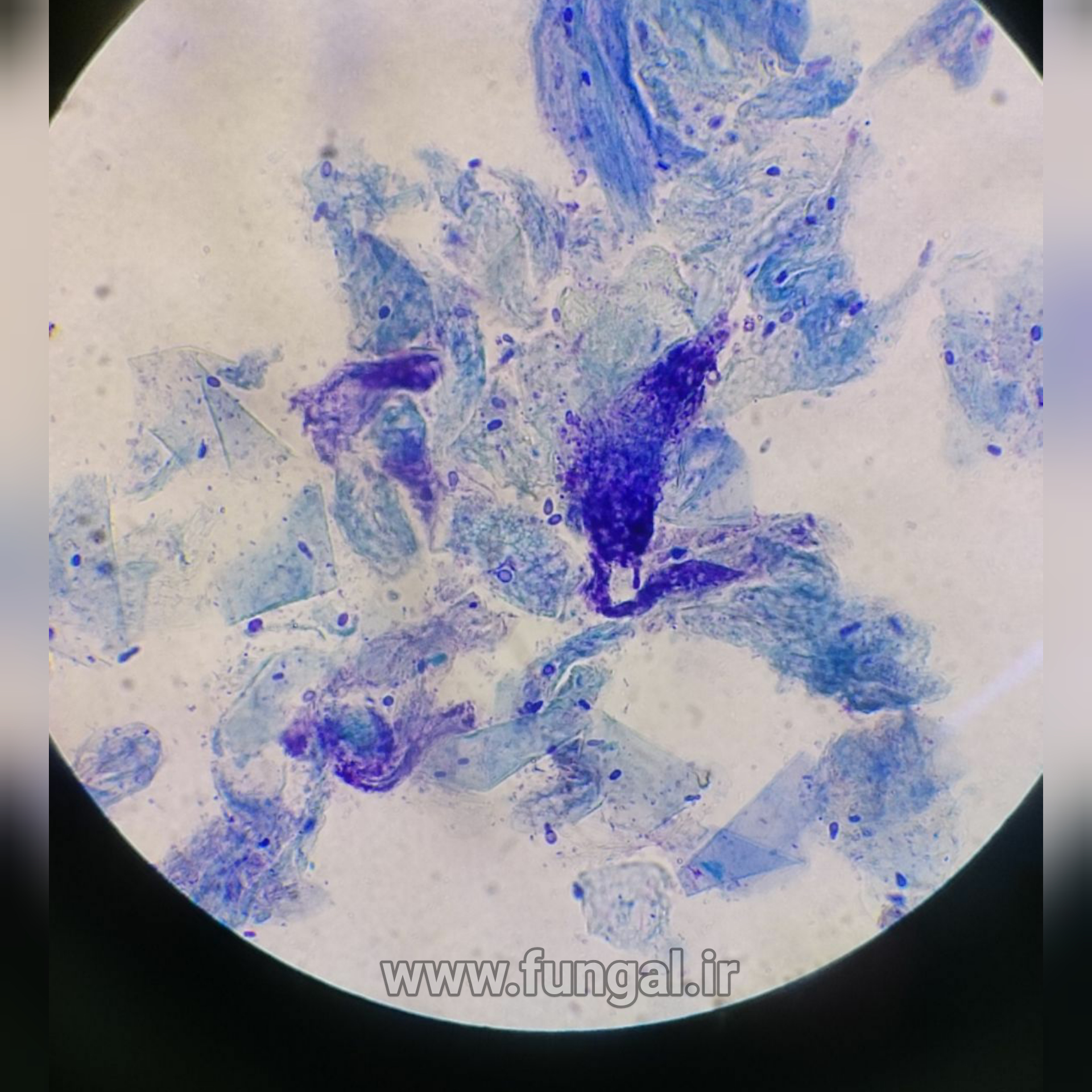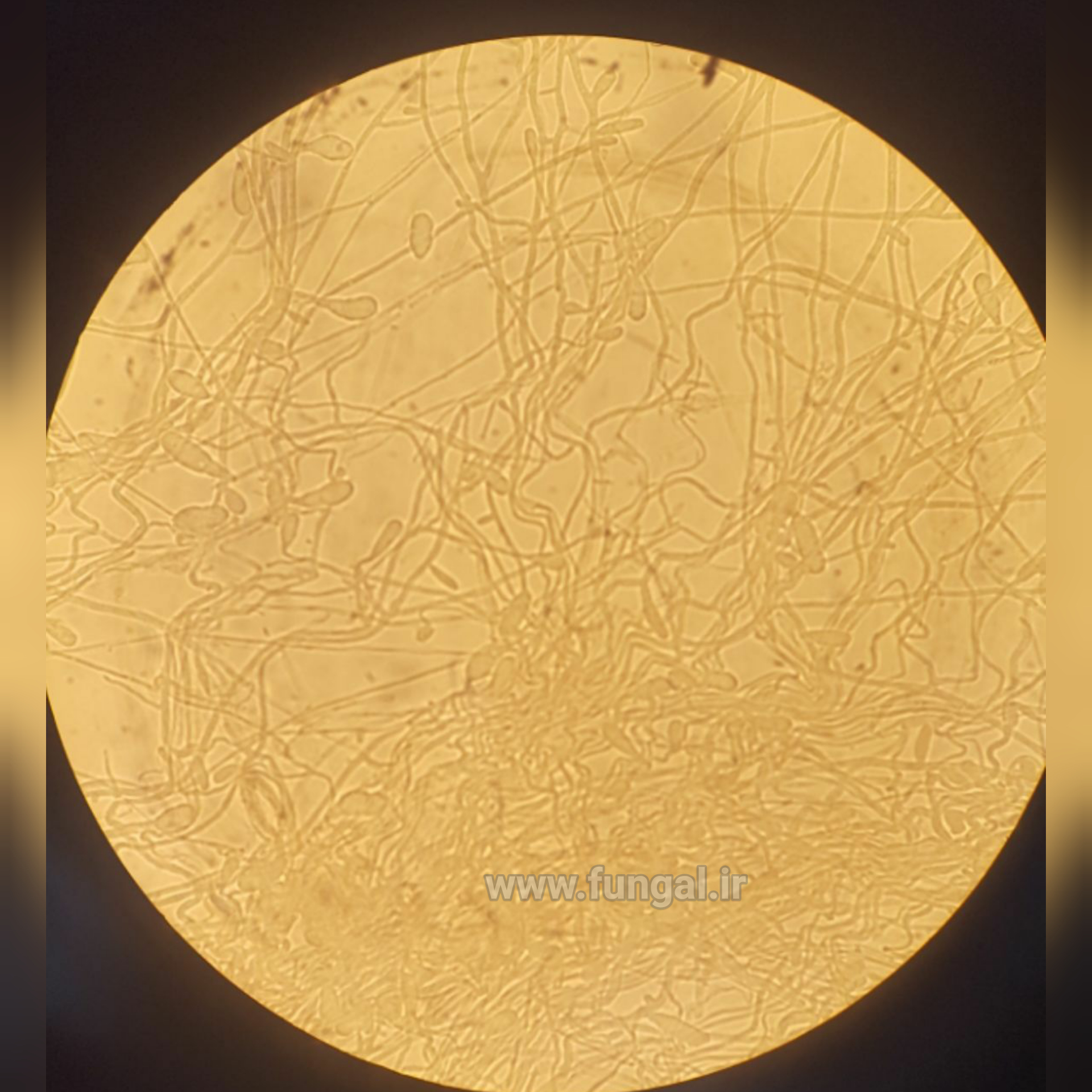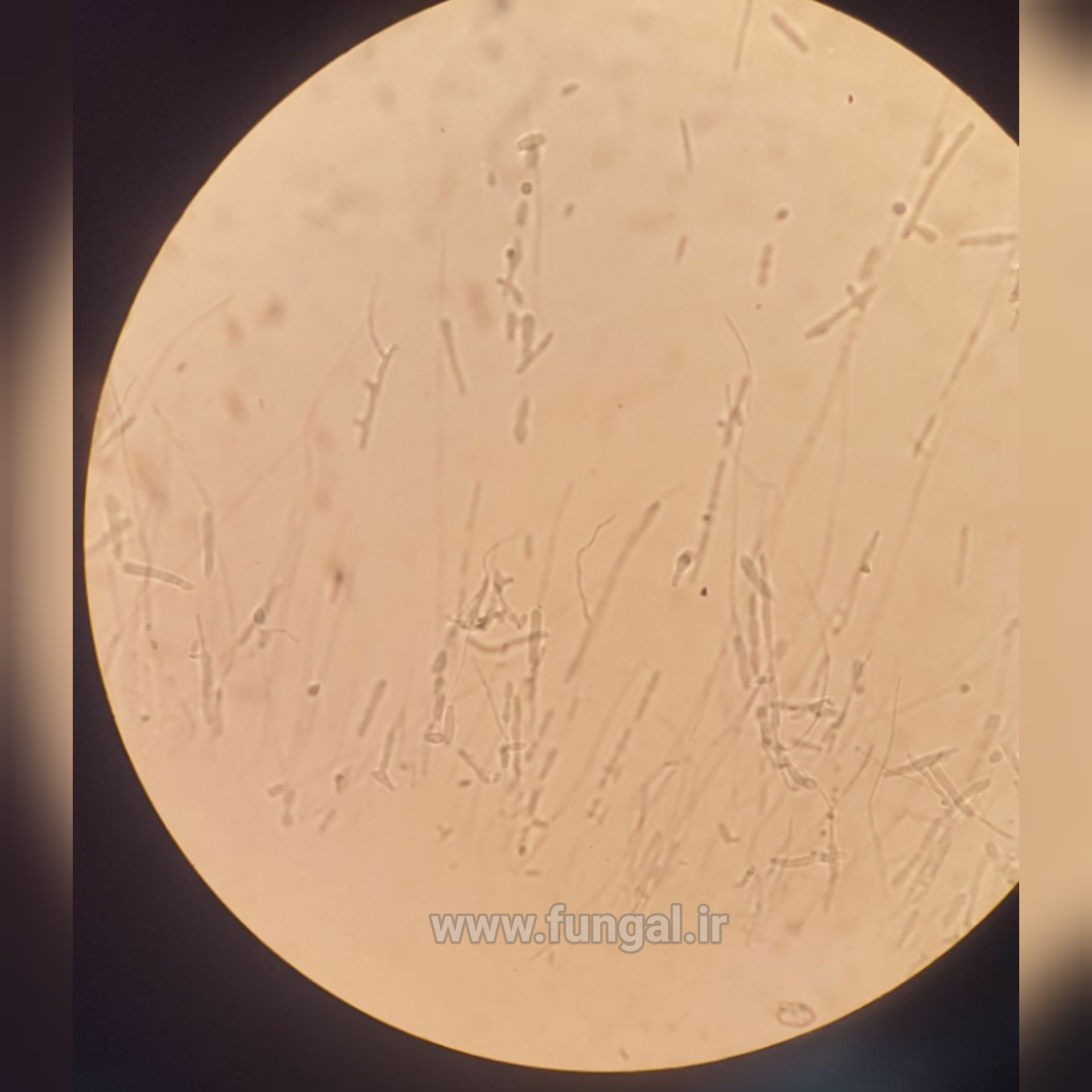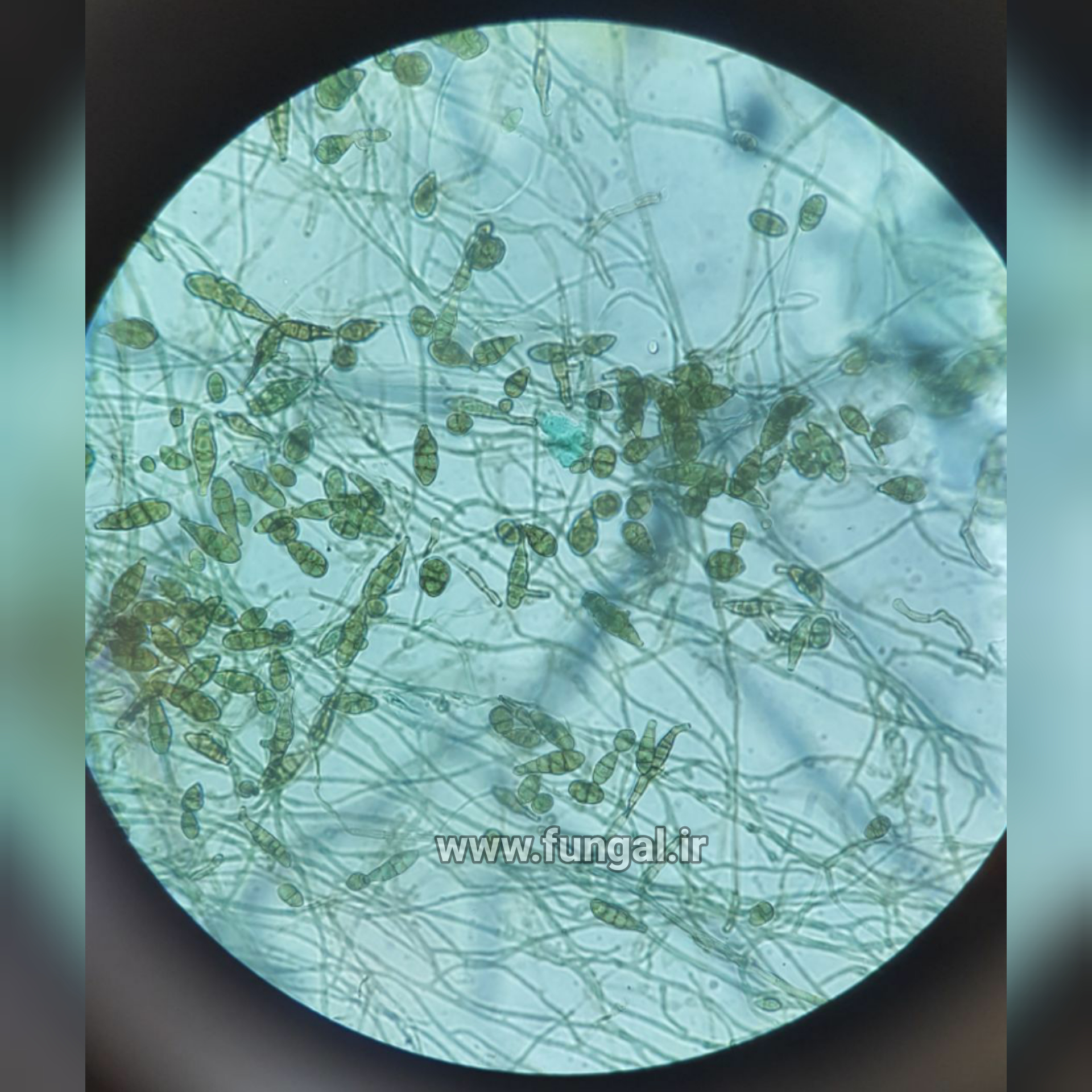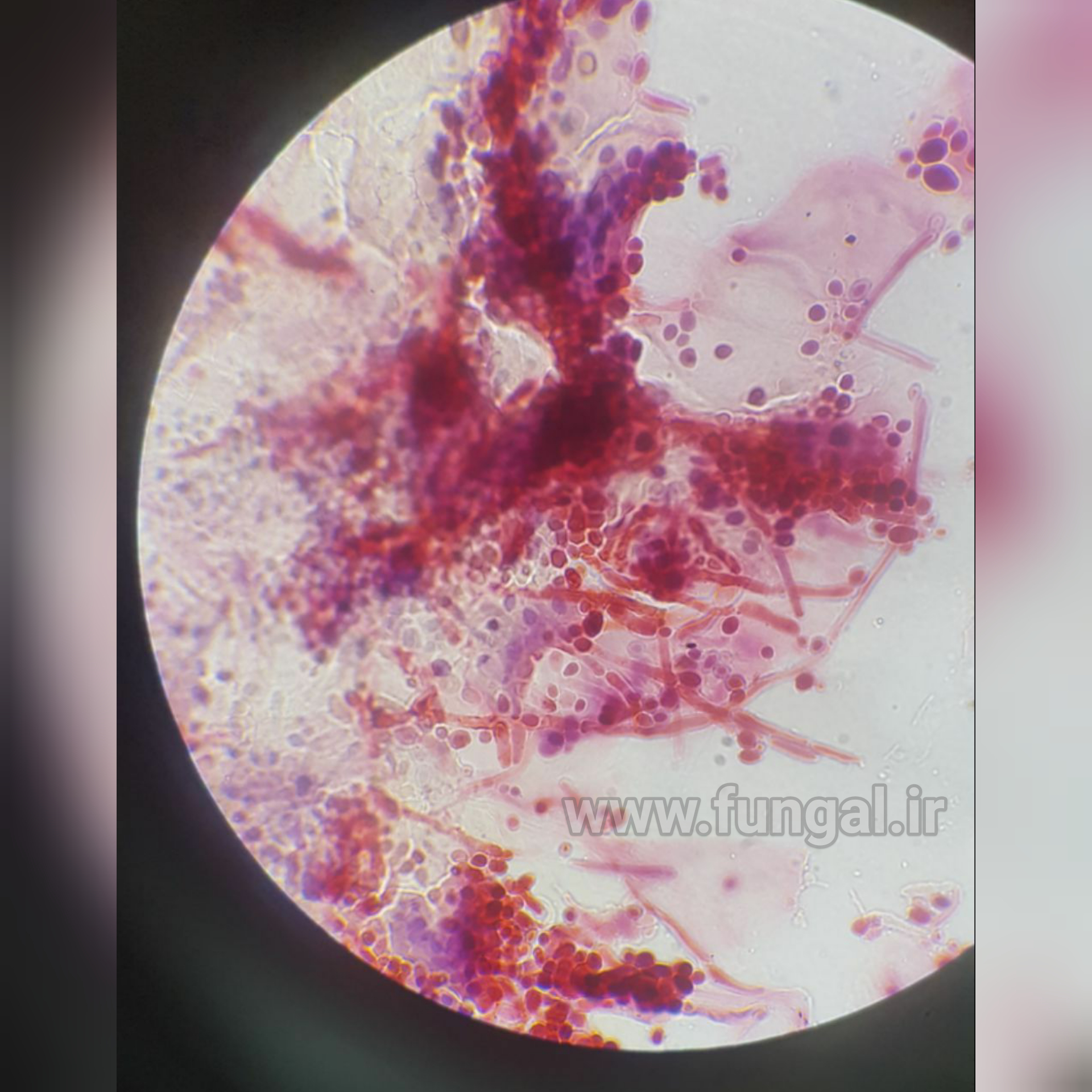Aspergillus niger is a fungus and one of the most common species of the genus Aspergillus.
It causes a disease called "black mold" on certain fruits and vegetables such as grapes, apricots, onions, and peanuts, and is a common contaminant of food. It is ubiquitous in soil and is commonly reported from indoor environments, where its black colonies can be confused with those of Stachybotrys (species of which have also been called "black mold").
Some strains of A. niger have been reported to produce potent mycotoxins called ochratoxins;other sources disagree, claiming this report is based upon misidentification of the fungal species.[citation needed] Recent evidence suggests some true A. niger strains do produce ochratoxin A. It also produces the isoflavone orobol.
Aspergillus niger is included in Aspergillus subgenus Circumdati, section Nigri. The section Nigri includes 15 related black-spored species that may be confused with A. niger, including A. tubingensis, A. foetidus, A. carbonarius, and A. awamori.In 2004 a number of morphologically similar species were described by Samson et al.
In 2007 the strain of ATCC 16404 Aspergillus niger was reclassified as Aspergillus brasiliensis (refer to publication by Varga et al.). This has required an update to the U.S. Pharmacopoeia and the European Pharmacopoeia which commonly use this strain throughout the pharmaceutical industry.







